The Interview
What lead you to leaving soda firing? "I went to grad school at University of Florida. We had two soda kilns there that had challenges. I spent the first year trying to fire the large one with poor results. There wasn’t a community of people interested in atmospheric firing, most electric fired. I had trouble filling the kiln by myself to meet my critique deadlines. Additionally the large kiln was in poor repair and needed rebuilding. The small soda kiln shared a chimney with the large soda kiln. This was a bad design and both struggled with getting to temperature. After a number of firings that didn’t get to temperature with 20 hours of firing (what should have been 8 hours with a proper overnight candle), I convinced the department to give me funding and credit to rebuild the large soda kiln with the teaching lab tech. Building the new soda kiln was a fantastic experience. I had built parts of kilns before but never one from start to finish with just two people. So as you can imagine it took longer than expected. In the meantime I had to keep making work. For a time I switched to cone 10 reduction in our Geil kiln. Then I did an independent study with Linda Arbuckle focused on pattern and color. As I became more interested in creating dynamic surface on my clay work, reduction gas firing made less sense. I also began to question what kind of a studio/kiln situation I would have after grad school. I am a city kid, I like living in metropolitan areas and my ultimate goal was a home studio. I made the difficult decision to change my clay, glazes and forming processes to create a body of work that made sense for cone 6-7 electric firing. Electric firing is not only more sustainable but its more economical and something that can exist in a densely populated area. Just as I was beginning to figure out my new materials we finished building the soda kiln. I had gotten so far from the soda-fired aesthetic it just didn’t make any sense to go back. I do enjoy participating in a soda firing when I get the chance but for now electric firing is the best fit for my work and my lifestyle." What aspects do you miss about soda firing, and what aspects do you not miss about soda firing? "I miss the active firing process and how it can insight a sense of community with others: I always enjoyed the camaraderie that came from working towards a common goal. The varied firing results made each kiln-opening feel like Christmas morning. That anxiety and anticipation while waiting for the kiln to cool was an intoxicating feeling. Would all the work pay off? In the same vein, I do not miss the high loss rate of soda firing or the heat exhaustion I felt after spraying soda into the kiln. Towards the end of my time working with soda, my brain always felt so fuzzy the day after firing. The health hazards of soda firing are real and even though I always wore the proper protective gear (respirator, face shield, long sleeves and pants made from cotton) I don’t miss exposing myself to those vapors. It also feels so good to know that the enormous amount of time I spent loading, firing and bricking up the door can be utilized in other ways." What aspects of soda firing do you reference in your current work? "Honestly, I don’t think I do reference soda firing in my current work. My surfaces are tight, colorful and controlled. I don’t incorporate texture or carving anymore. Solid blocks of underglaze and a custom glaze palette create graphic geometric motifs on my electric-fired work. Instead of letting the firing process finish my work, I make intentional decisions when I am forming the work as to how I will decorate and glaze it. I’d say my work now is more a reaction from than a reference to my older soda work. My soda-fired work never had a voice that was uniquely mine; it was all derivative of other people’s work that I was influenced by at the time. Freeing myself from that type of firing and process helped me find my style." Any recommendations/resources about how to transition from soda firing to electric firing? (Click Links below to see the resources) More About Adrienne Eliades: She is a studio potter and educator living in Vancouver, Washington. She earned a B.A. in Studio Art from the University of North Carolina at Wilmington in 2008 and an MFA from University of Florida in 2016. Adrienne has been artist-in-residence at Ash Street Project in Portland, Oregon, Guldagergaard International Ceramic Research Center in Denmark and the Bright Angle in Asheville, NC. Her works and writing are featured in numerous publications including UPPERCASE Magazine, Craft in America, Ceramics Monthly and Pottery Making Illustrated. Ceramics Monthly named her an Emerging Artist in 2018. In addition to maintaining a vibrant studio practice, Adrienne teaches at Portland Community College, is the Studio Coordinator for Idyllwild Arts HOT CLAY Summer Program in Idyllwild, California and has presented over 20 workshops nationwide. Find Adrienne on Instagram @bugaboo_eyes And learn more about her on her website: www.adrienneeliades.com If you would like to see future soda fire artists interviews like this, and to learn more about soda firing from me join my soda fire community by clicking the button below.
Ceramics Art ExhibitionFeaturing a pair of ceramics showcasing one displayed right side up, and the other upside down to showcase the bottoms of the wares. I had two cups selected to be a part of the exhibition. Entry 1: Tea CupEntry 2: TumblerIn the midst of COVID-19...It's really easy to get caught up in all the things that are growing wrong.
Finally, thank you to all the postal workers who are still working daily!
Rainbow Shaped HandleCalling all teacher!
I so empathize with your challenge of teaching your ceramic classes online right now. I taught at University of North Dakota for 3 years as a graduate students, and then I taught 4 years at Hood College as an adjunct professor. I do not envy your transition to online teaching. If there is a way I can help with creating a mini workshop like this one, or maybe a zoom call into your class for your students to hear from a professional artists please reach out. Keep up the hard work! I’m literally talking about little things.Enjoy the little things in life and in this instance literally small things. This shot glass was the perfect sized bud vase for freshly picked crocus flowers! What a treat it was to have such lovely spring weather for our first official day of shelter in place yesterday. I spent part of the afternoon carving some garlic keeper jars on the front porch with my pooch. Fingers crossed for more nice weather and blue skies.
Ps. I have lots of these little pieces of pottery in my Etsy store. These are perfect for sending a "thinking of you" gift. How to make a bud vase and get creative with the design.Teaching this bud vase workshop live on Clay Buddies Facebook page failed due technical difficulties... but I went ahead and filmed the workshop. Feel free to reach out questions you may have asked if this were a live workshop. 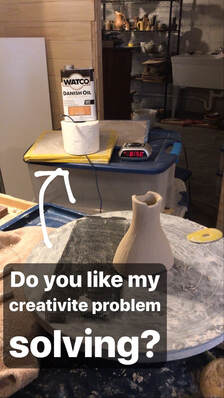 Behind the scenes funny story... I was brainstorming a way to prop up my phone for the video while still having my phone plugged into my phone charger. After trying a few different ways of propping up my phone I had a "aha" moment of toilet paper. Toilet paper to the rescue! It worked really well to have my phone cord run up through the whole. Enjoy the video! And check out other behind the scenes stories. Clay Buddies Workshop Week:Calling all ceramic teachers, did you hear that Clay Buddies is putting on an entire week of free live clay workshops! This is a great opportunity for you to create a assignment based off of these free live workshops. Clay buddies is a group created on facebook for clay artists to share their ideas and work. Bonus, they will be re-sharing the workshops on the Clay Buddies Youtube Channel if you are unable to see the workshops live on Facebook. The topics being covered by these workshops are diverse ranging from throwing skills, surface decorations, handles and lids, glaze work, and so much more. See me, Lisa York, live on the Clay Buddies facebook page Tuesday, March 23rd 9pm to 10pm (CDT). Thrown Oblong/Squashed VasesA great ceramic assignment: throw a specific form in increments of 1/4 or 1/2 pounds. This helps you hone in on what clay weight is ideal for a form you have in mind. I am sharing an example of oblong vases. Weights of pieces below: 0.5, 0.75, 1, 1.5, 1.75, 2, 2.5, 2.75, and 3 pounds balls of clay. It's important to make observations of what the shape looked like pre-squishing if you would like to create that shape again. Look at a few of the examples provided below. Note: that sizes vary based on amount of clay used, how wide the base is, and how narrow the top is. I personally like having the variety of the shapes. If you wanted to see how the size changed just by the weight you could standardize how wide the top and bottoms were with a pair of calipers. Ps. I have some of these finished vases for sale in my Etsy store.
A ceramics art exhibition at Good Earth Pottery.Good Earth Pottery is a ceramics gallery in Bellingham, Washington. Lisa York's wood fired plate is part of the juried art exhibition "Function: Luncheon. I'm really looking forward to seeing the other ceramic pieces as the exhibit will also be hosted online April 1-30th, 2020.
Kip O’Krongly, Juror's Statement: "What a treat it was to put together this exhibition of plates for Function: Luncheon! As I set out to whittle down the many excellent submissions, I found myself guided by a few questions: Did the piece show a clarity of vision and a confidence with the chosen materials? What unique voice did the artist bring to the idea of a plate and its surface? How did the decorative elements and the form interact? And were the best parts of the piece highlighted by the submitted image? The resulting plates represented in this exhibition come from a wide range of firing techniques, processes and materials, but each captures a strong sense of the artist and shows an understanding of how to successfully translate ideas into clay. I would be thrilled to lunch from any of these delightful plates and congratulate the hard work of all the artists, selected or not, who took the time to see pieces through the ceramic process, photograph their pots, and enter submissions. Thank you to Ann Marie Cooper for inviting me to jury Function: Luncheon for Good Earth Pottery, and to all of the artists for sharing your wonderful plates with me!" Check out the exhibit online the month of April! |
Hi, I'm Lisa the artist and creator of this content.
Here on my blog I share behind the scenes, events, and activities related to my art. GET INSPIRATION AND SPECIAL DEALS DELIVERED STRAIGHT TO YOUR INBOX!
Categories
All
Archives
February 2024
|

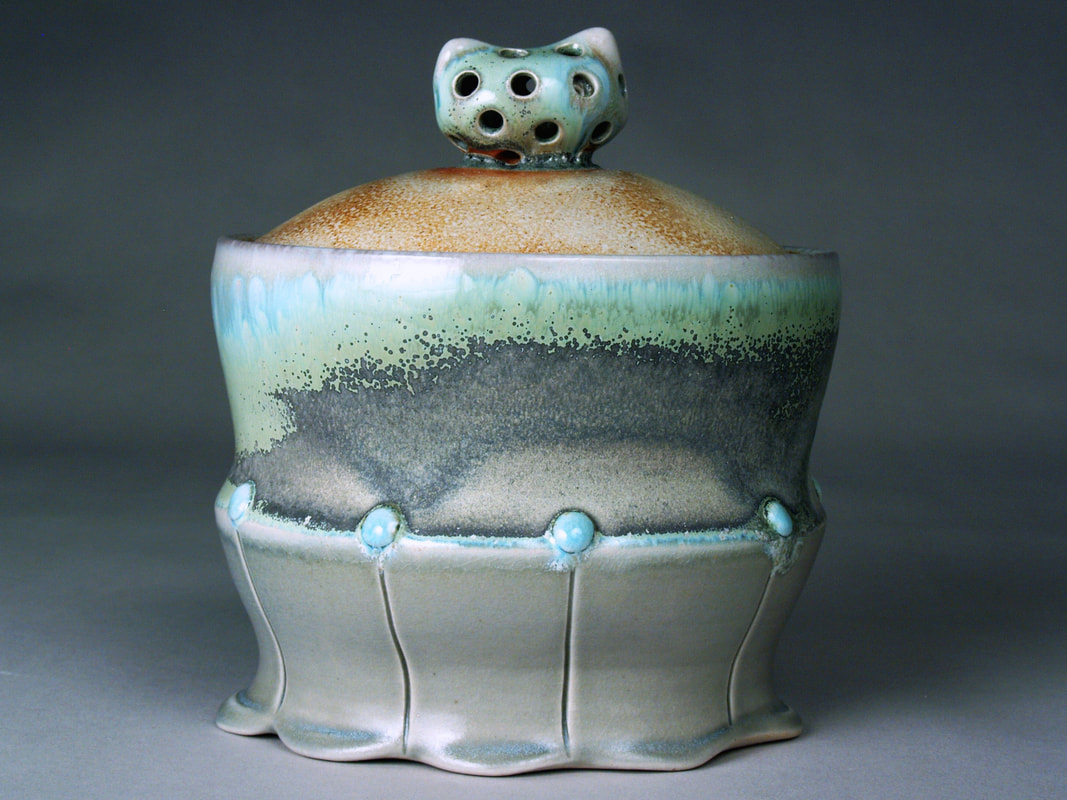
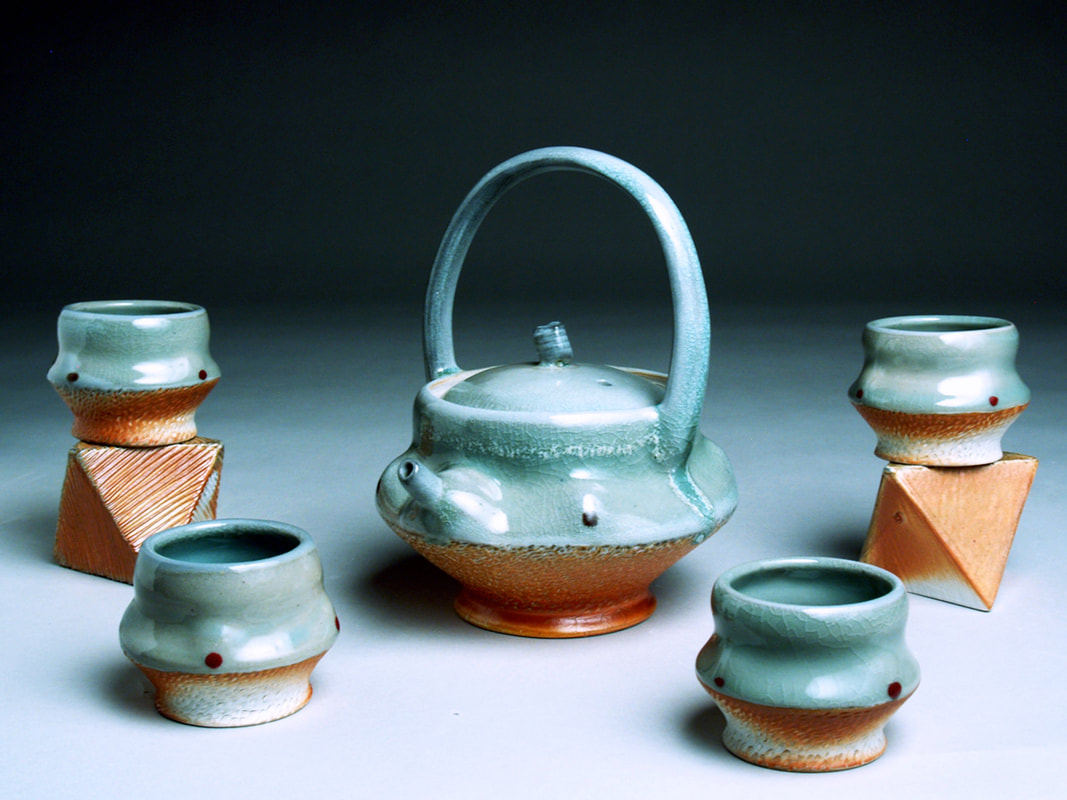
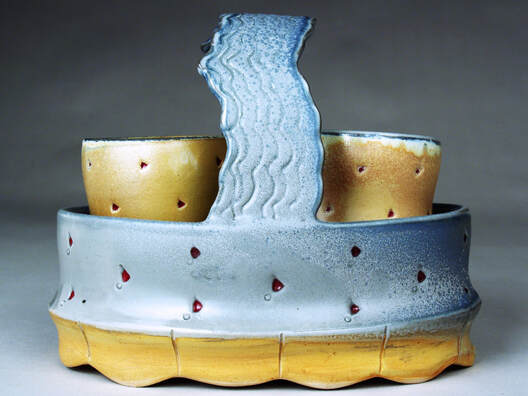
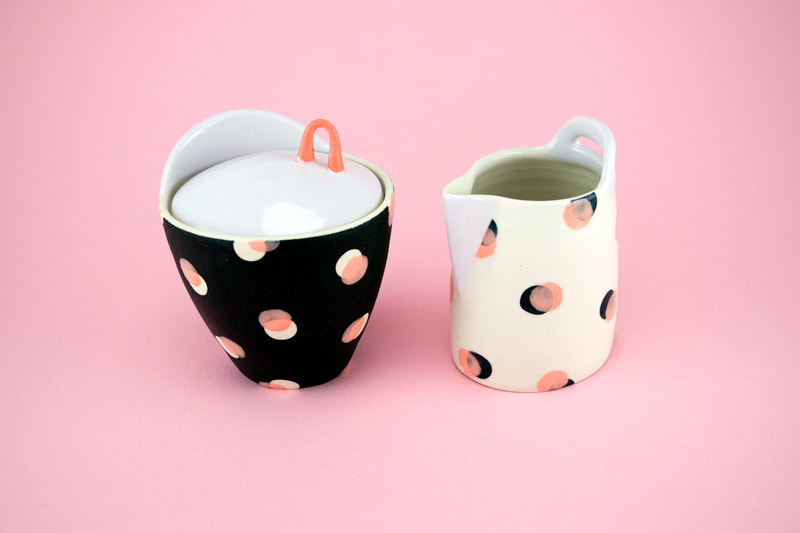
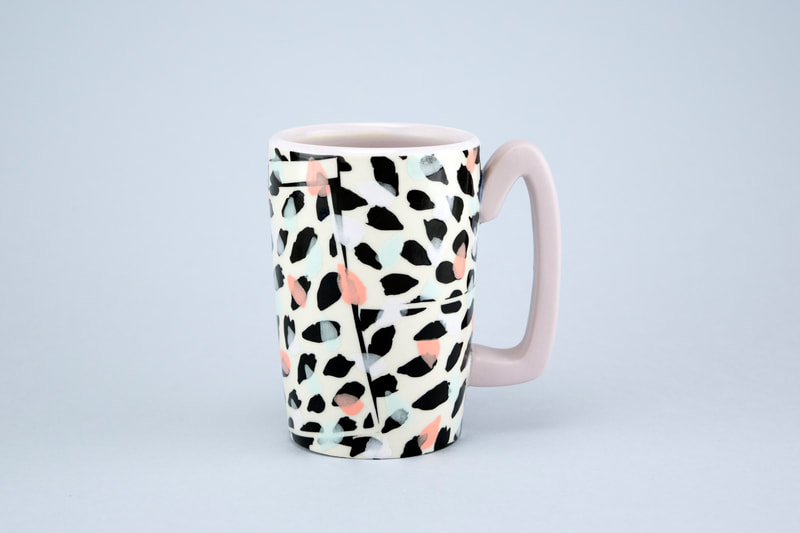
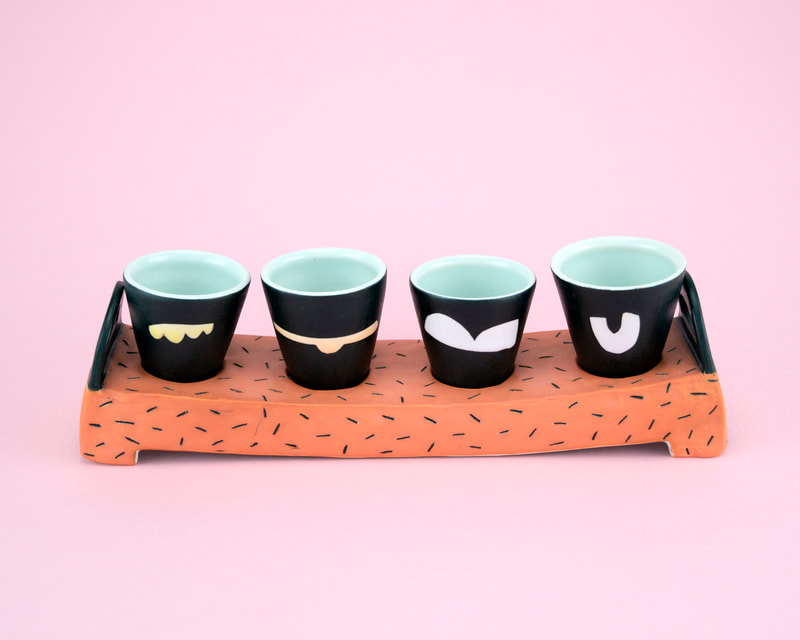
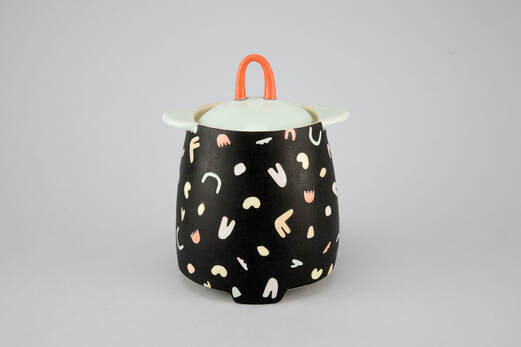
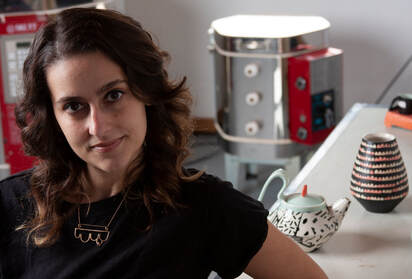
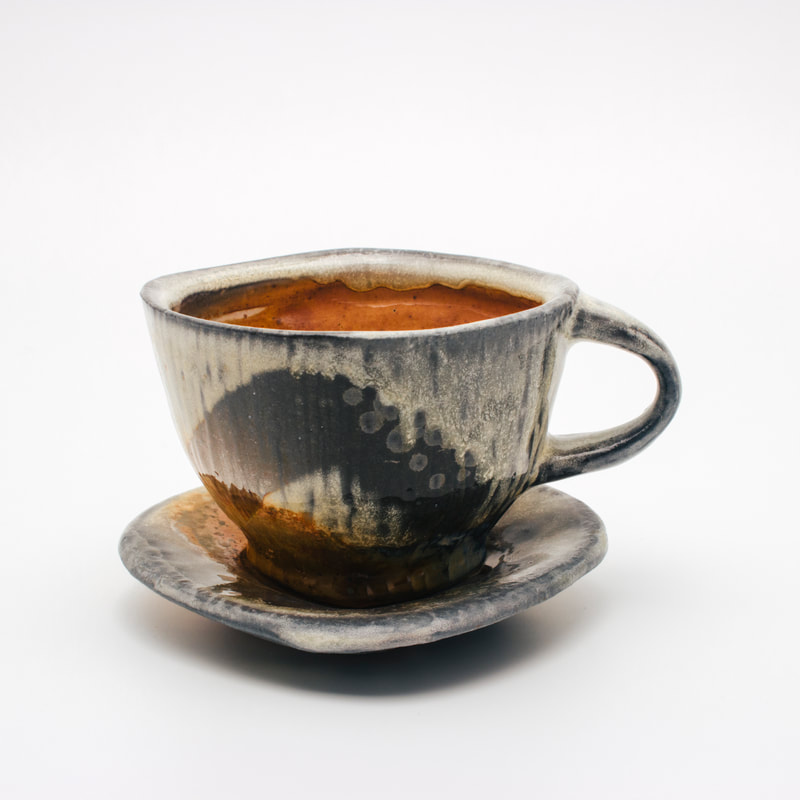
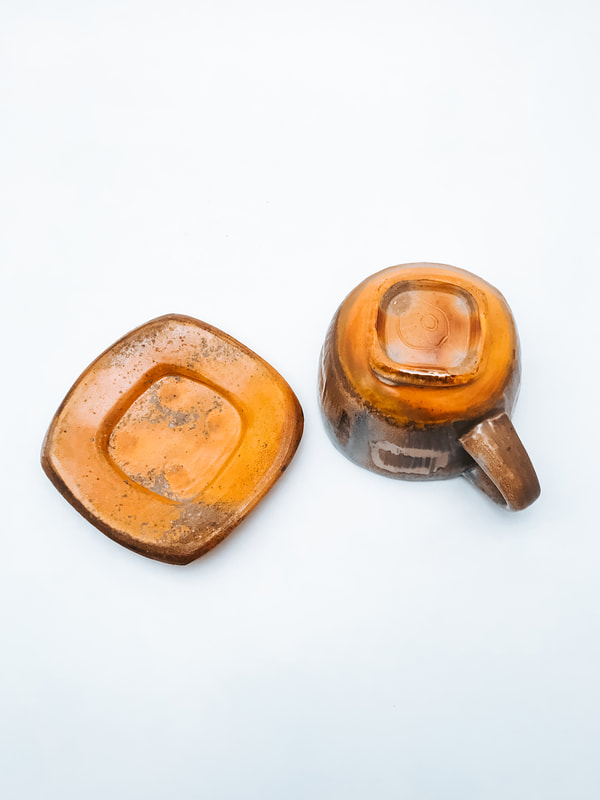
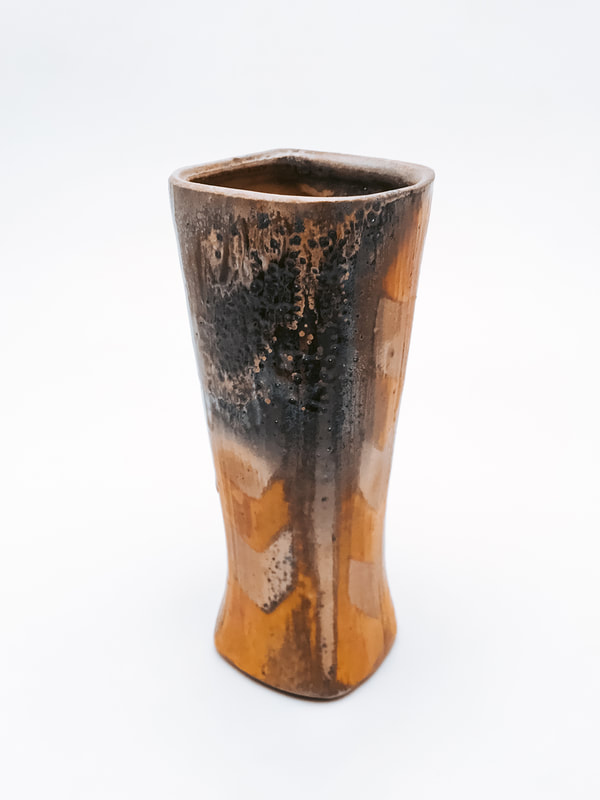
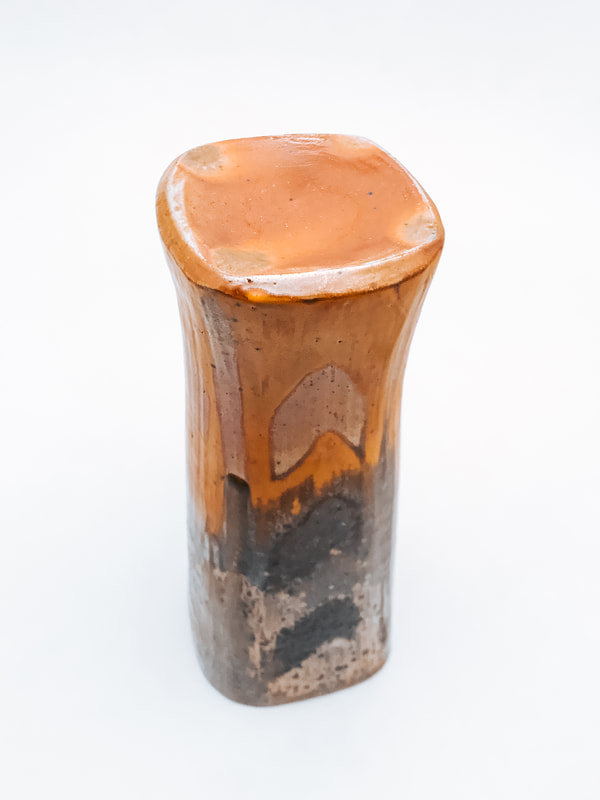
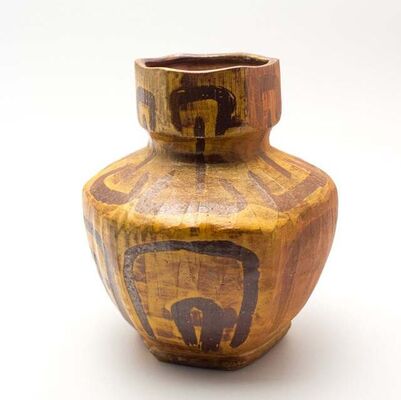
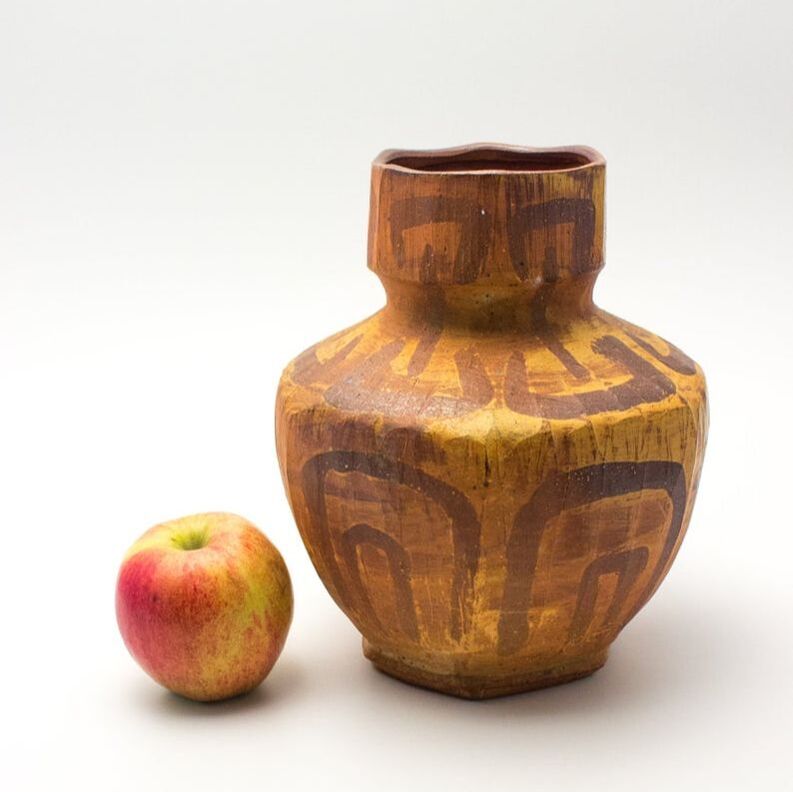
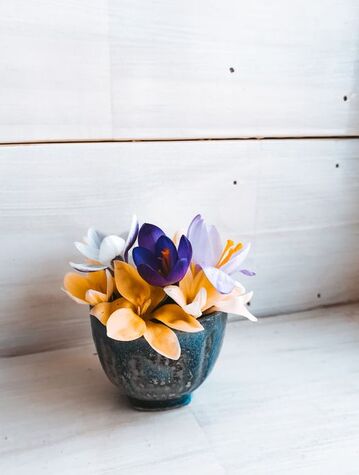
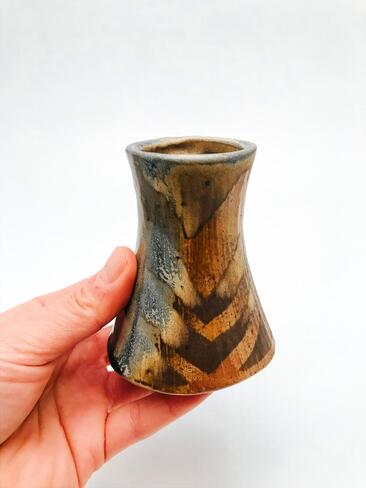

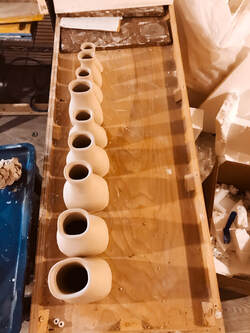
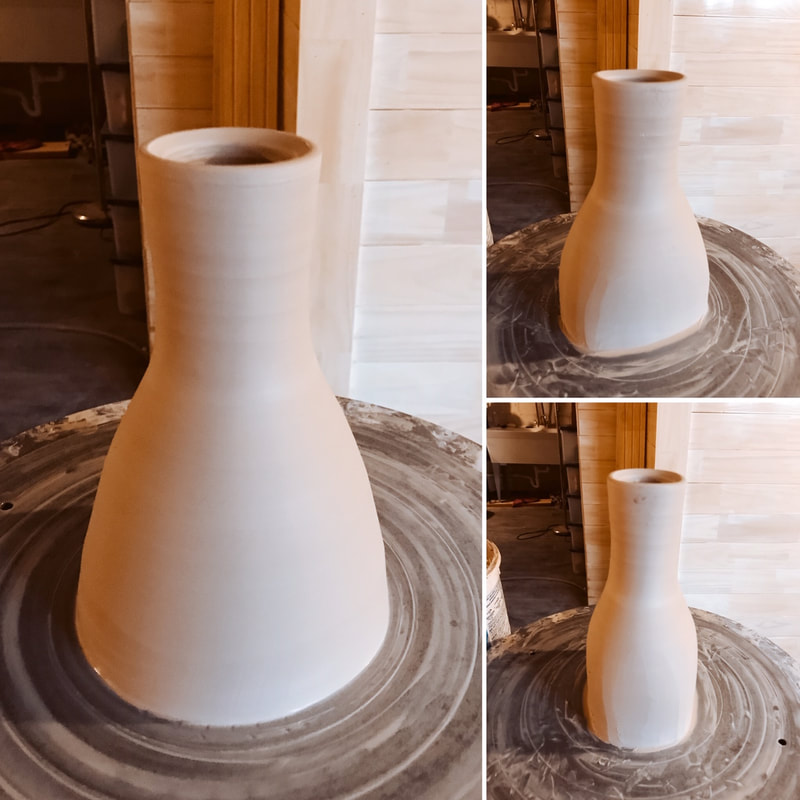
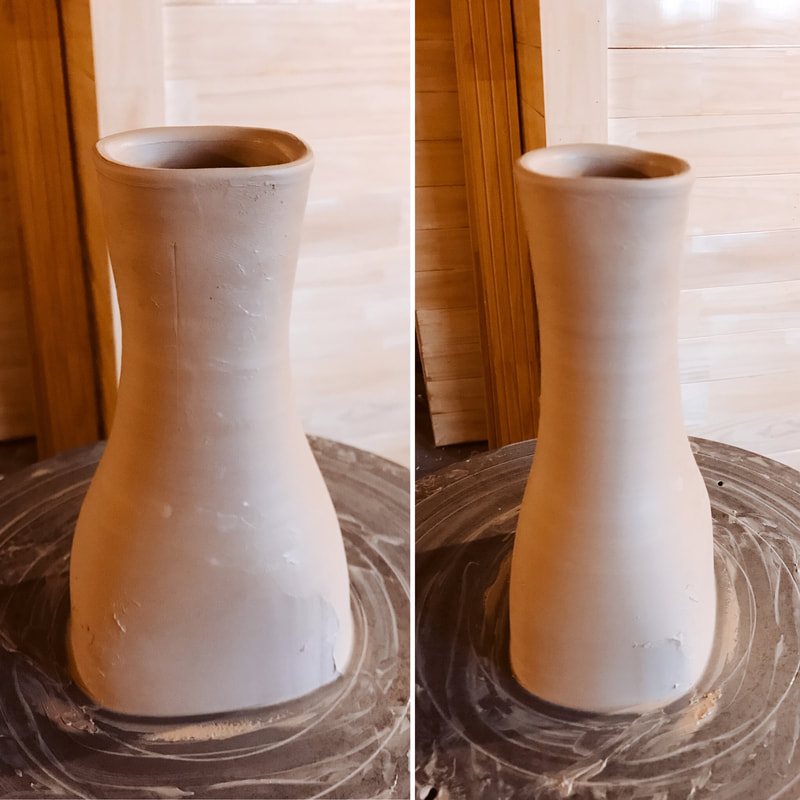
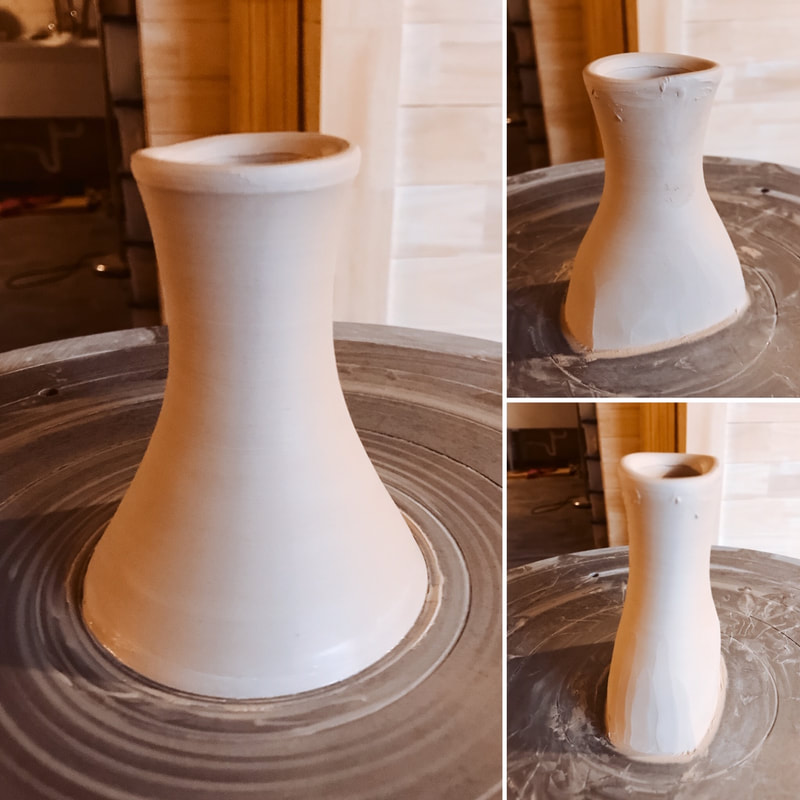
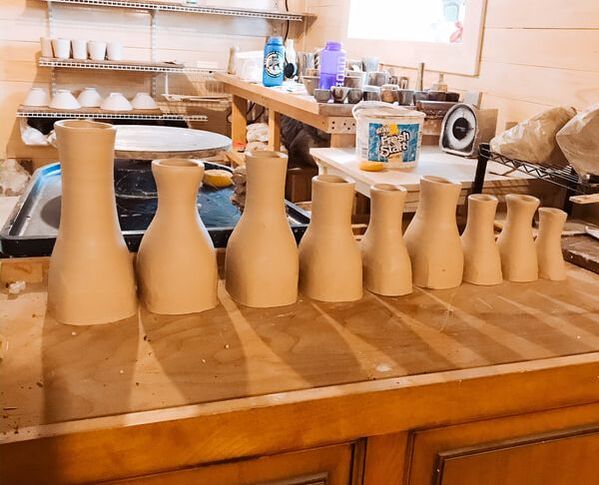
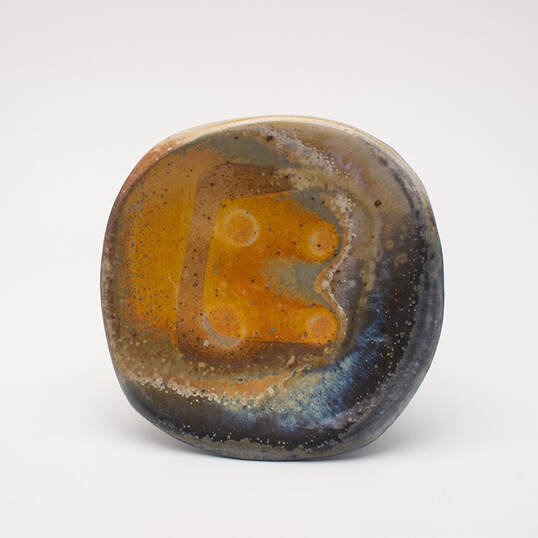
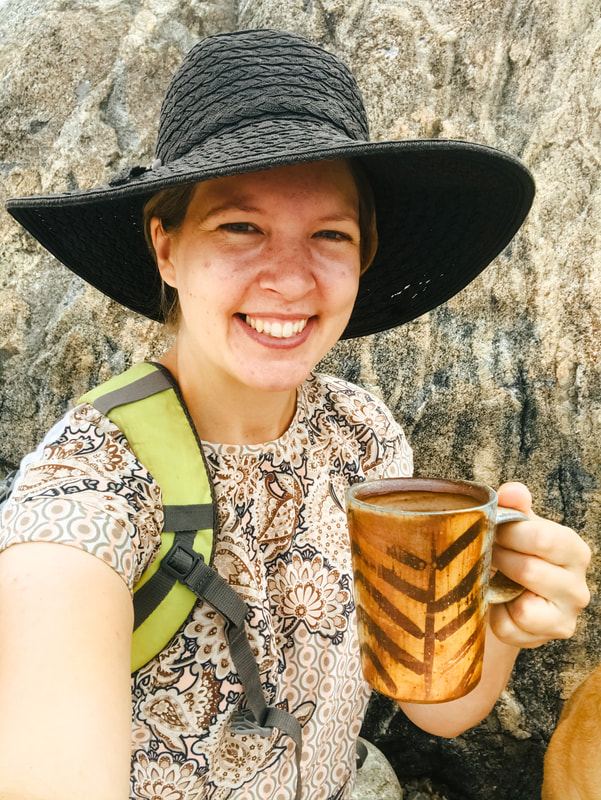
 RSS Feed
RSS Feed